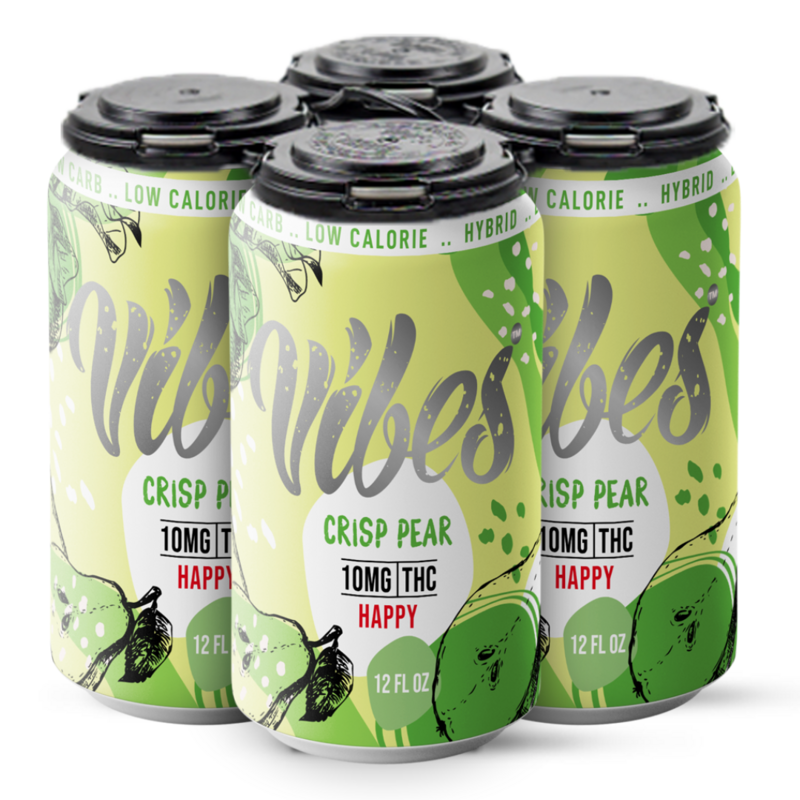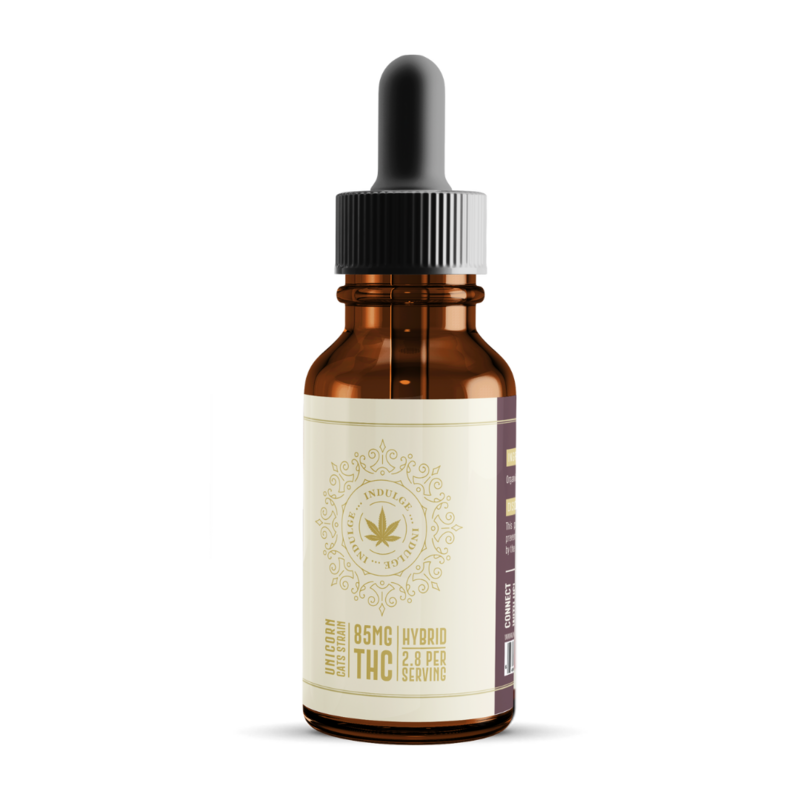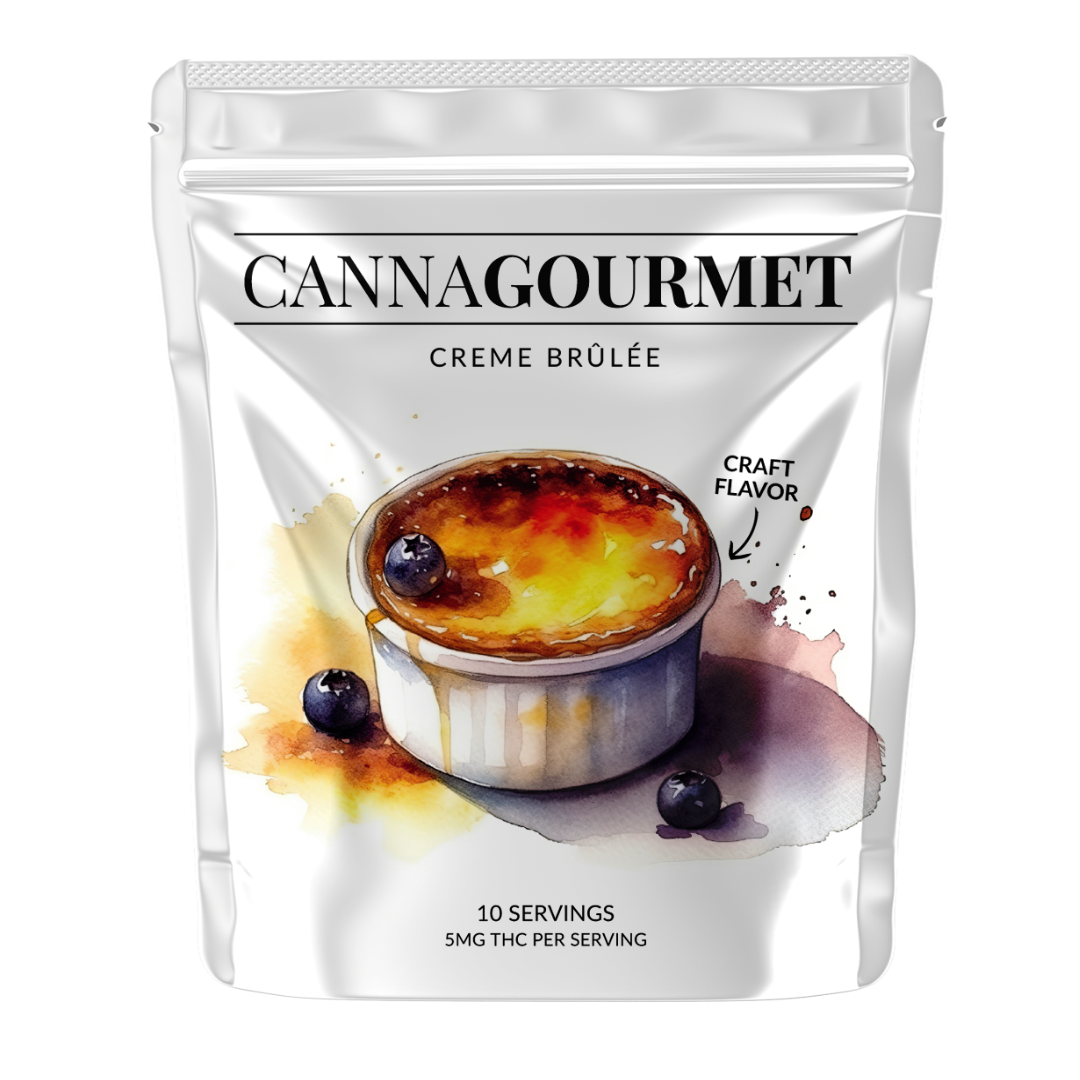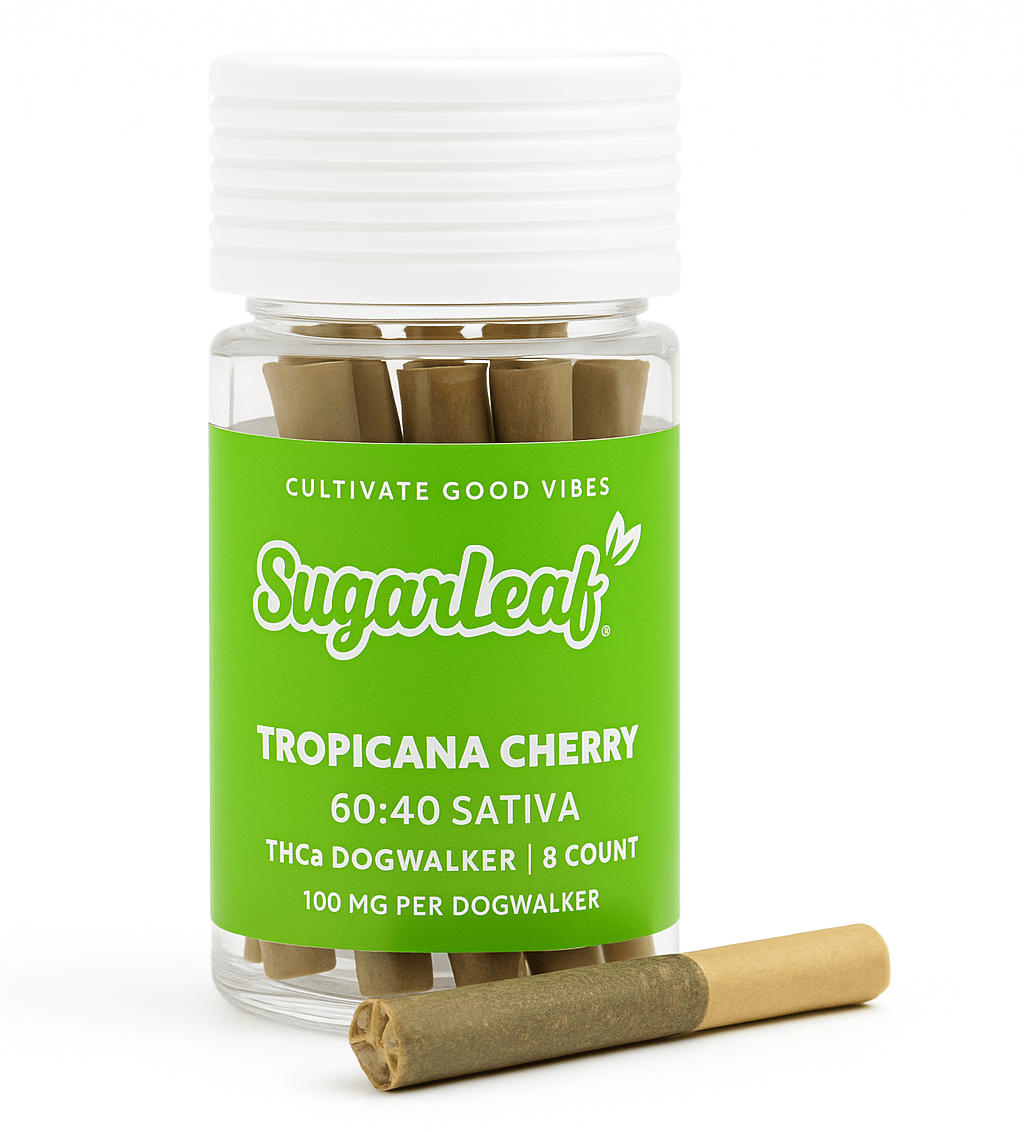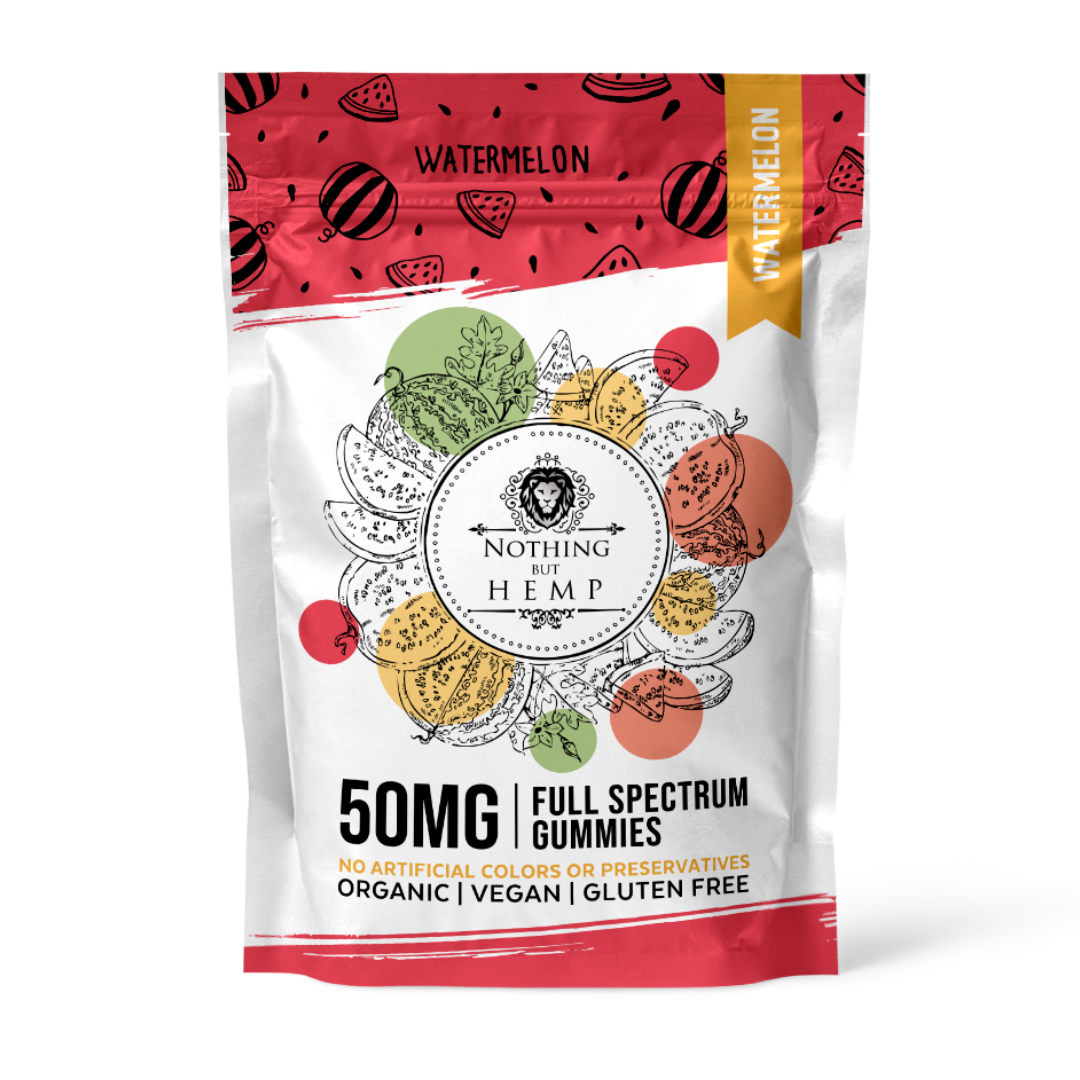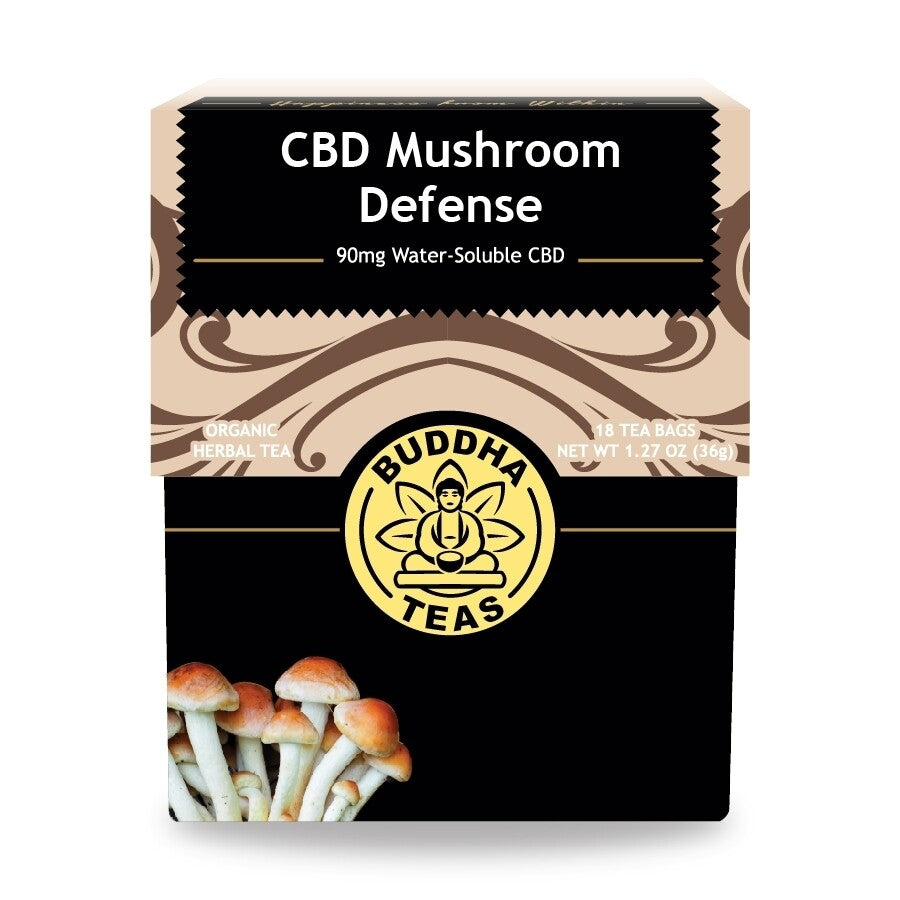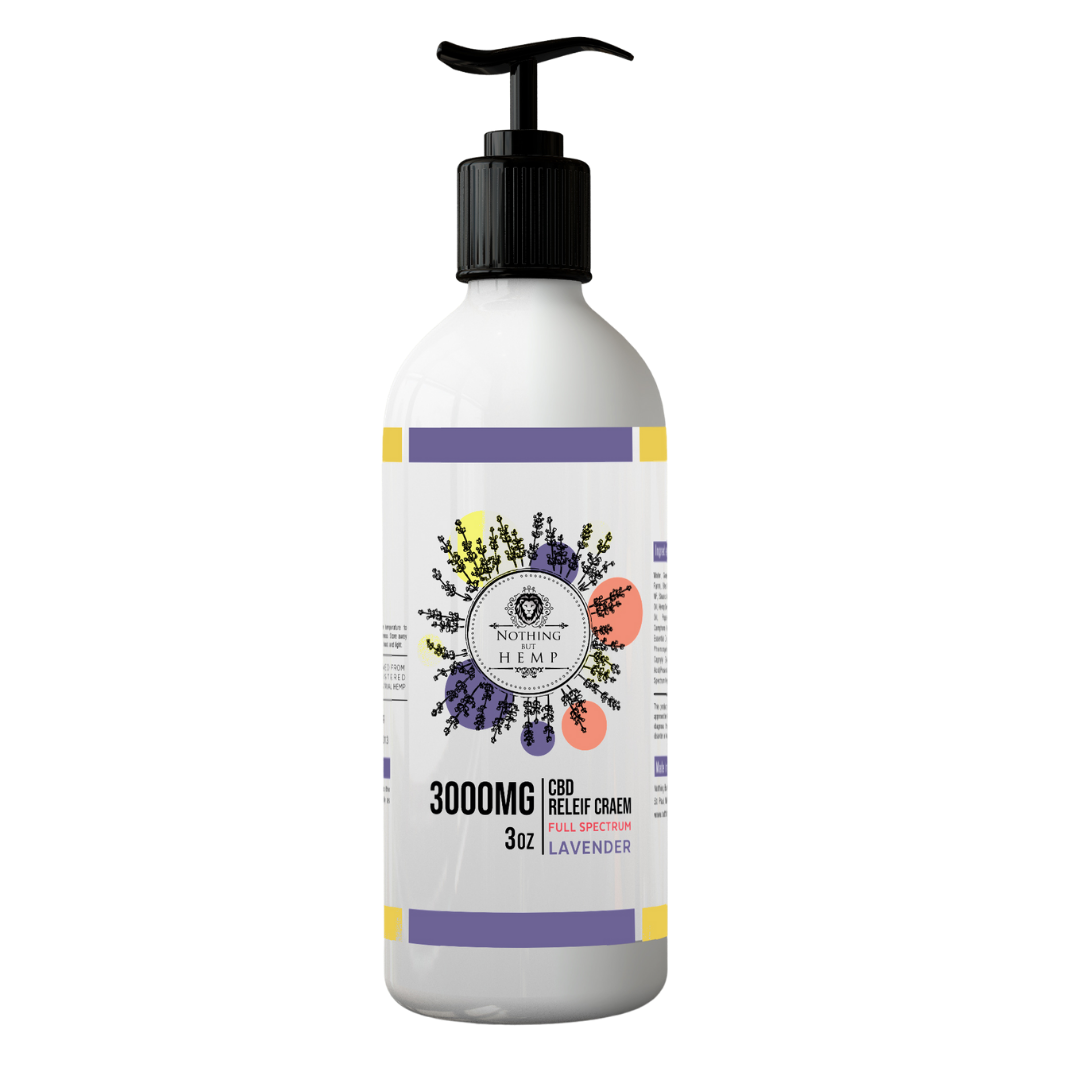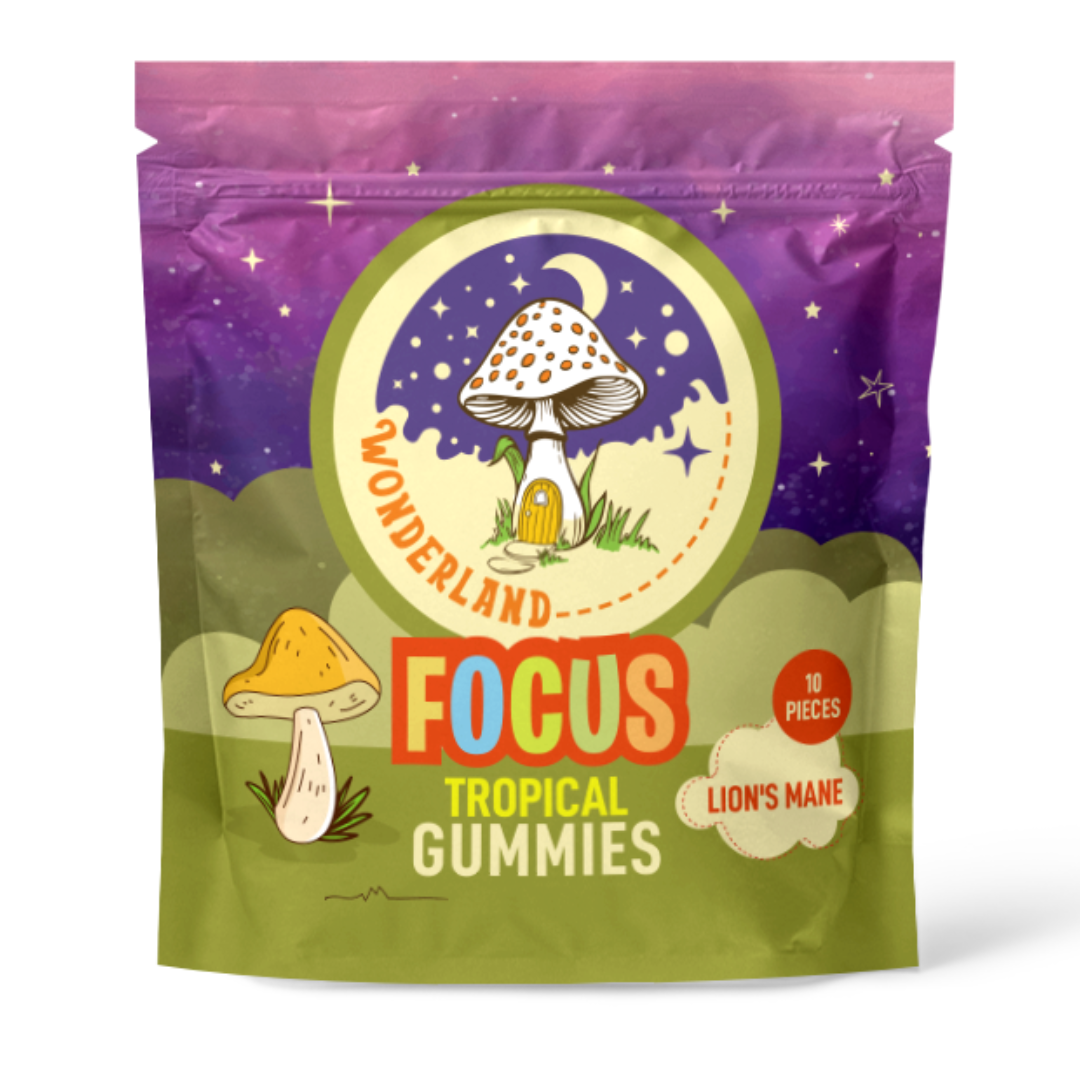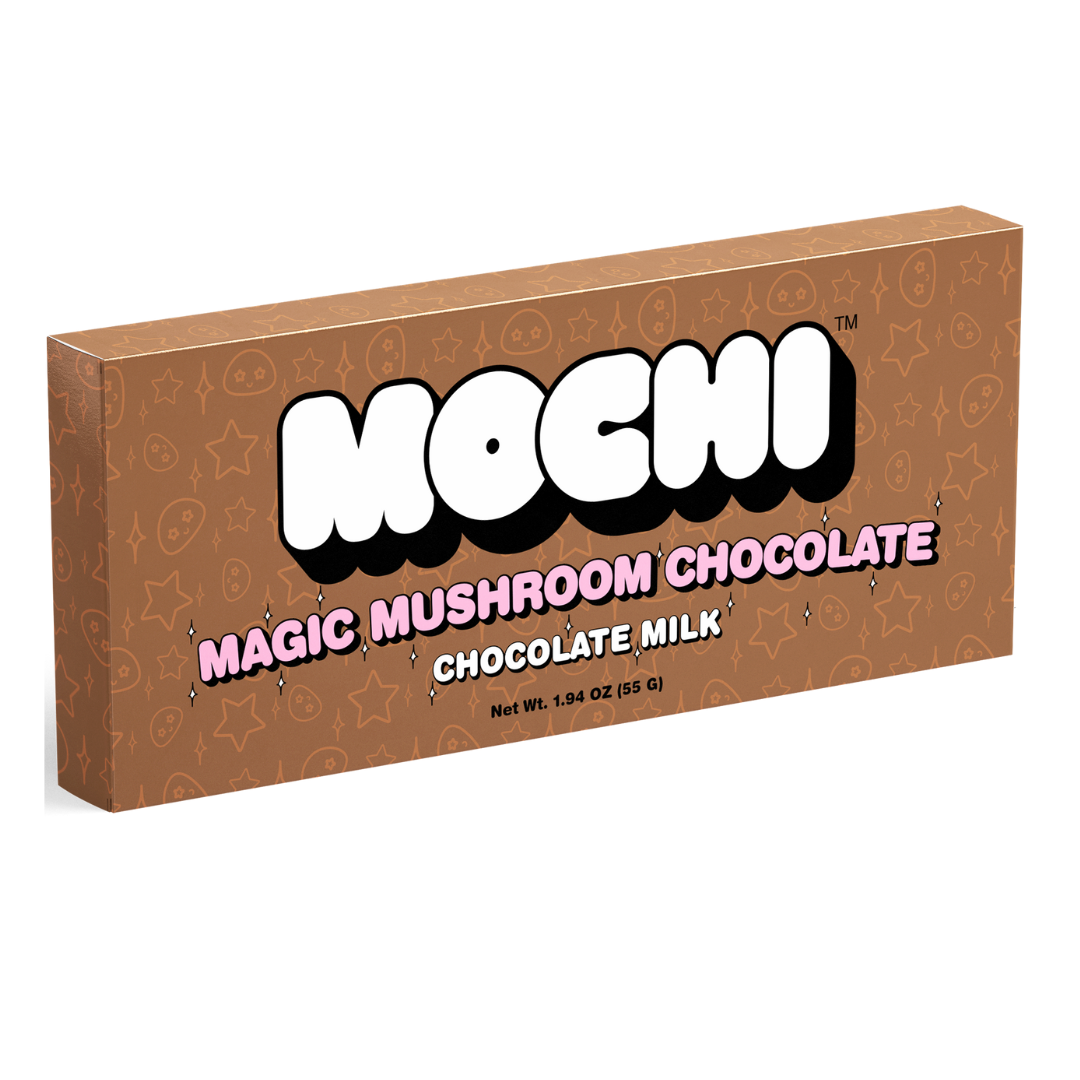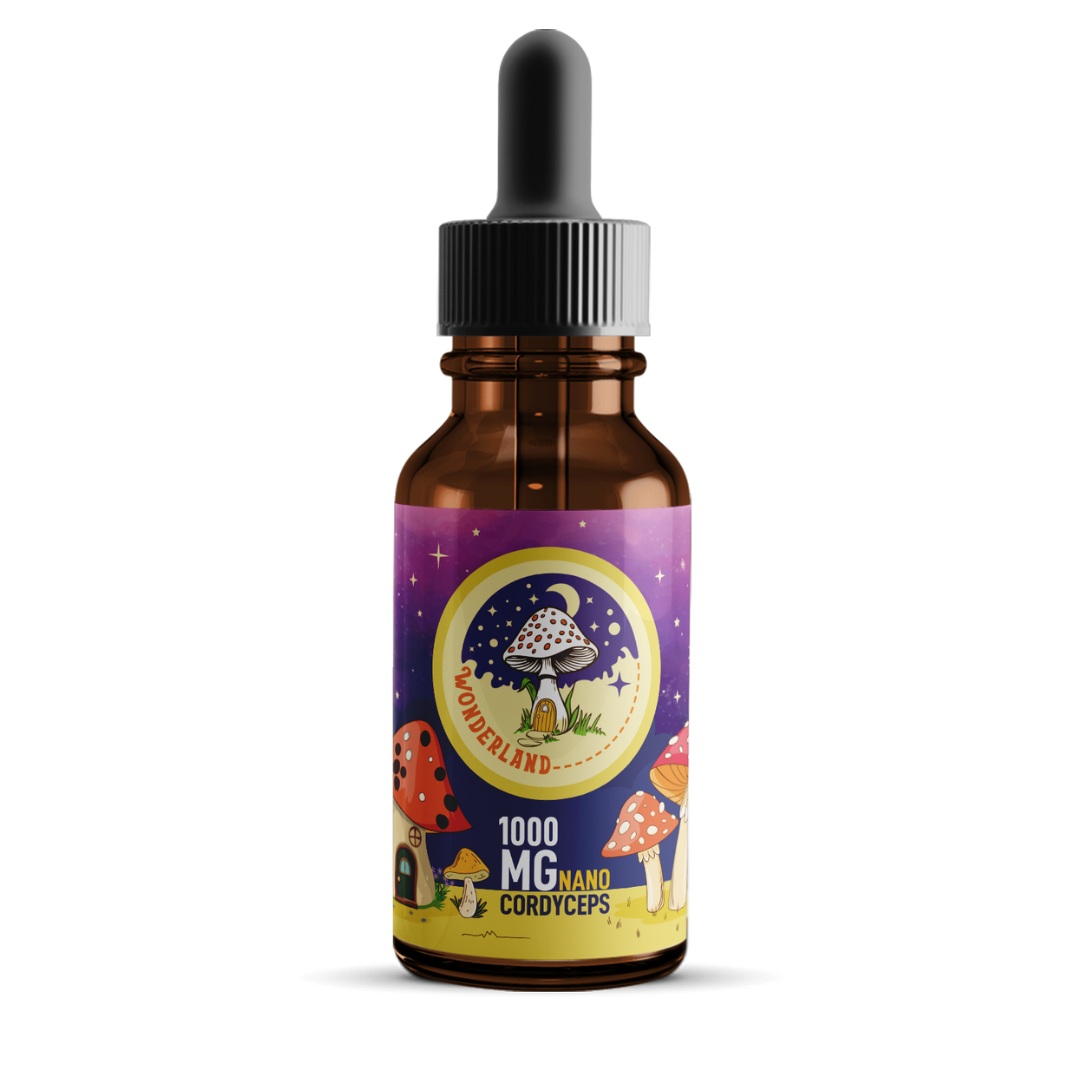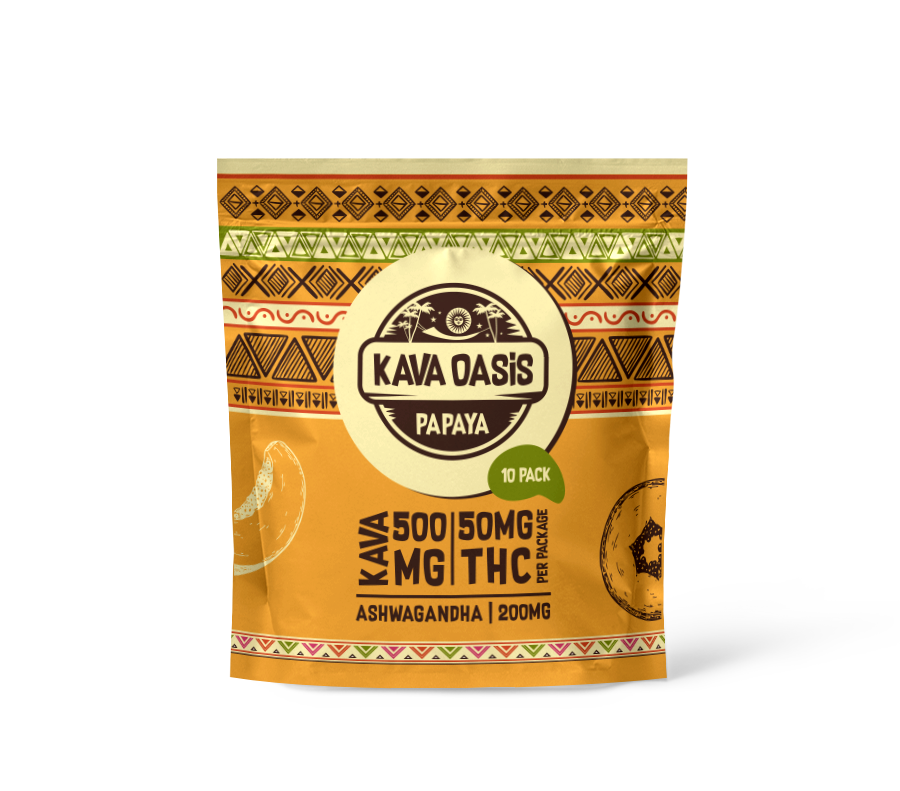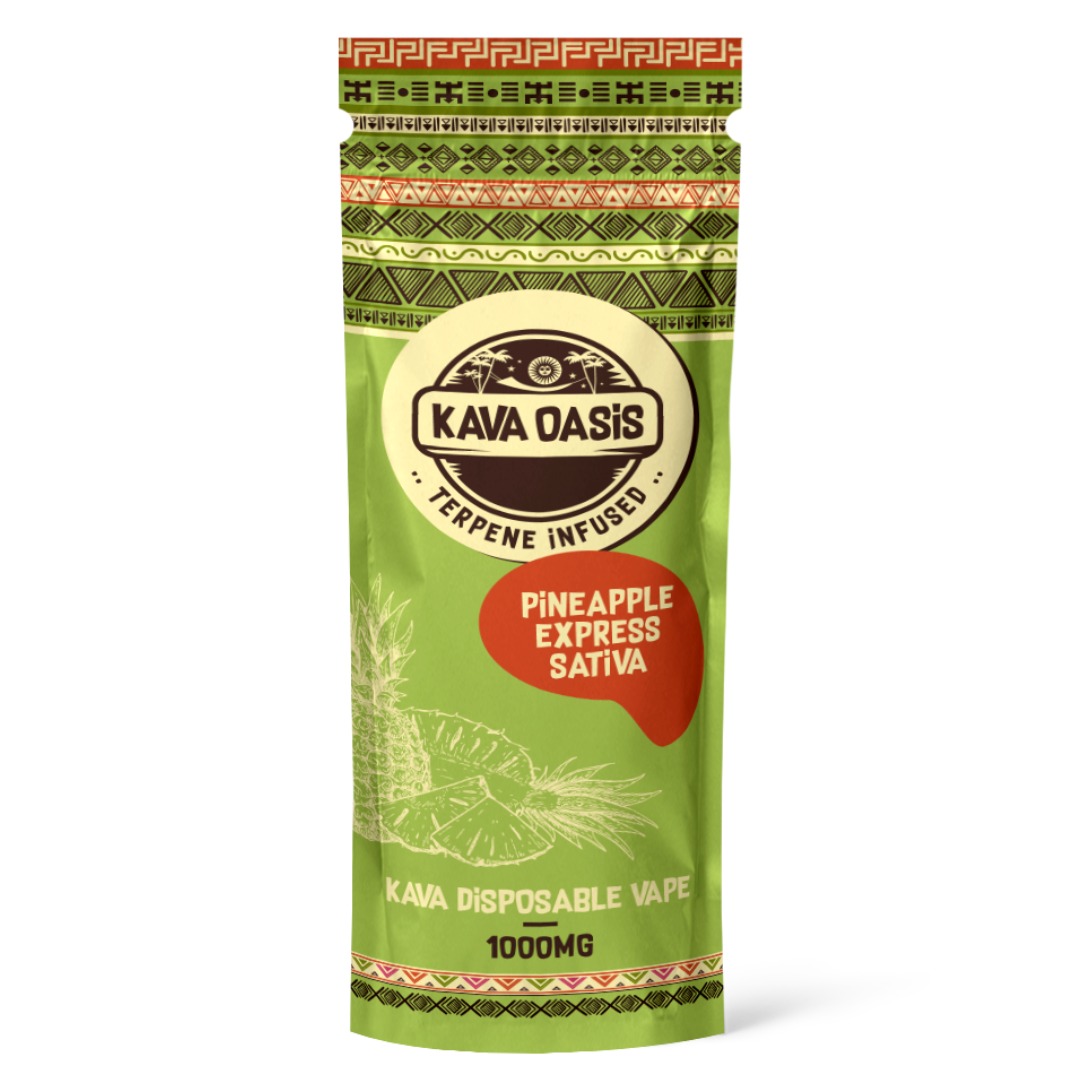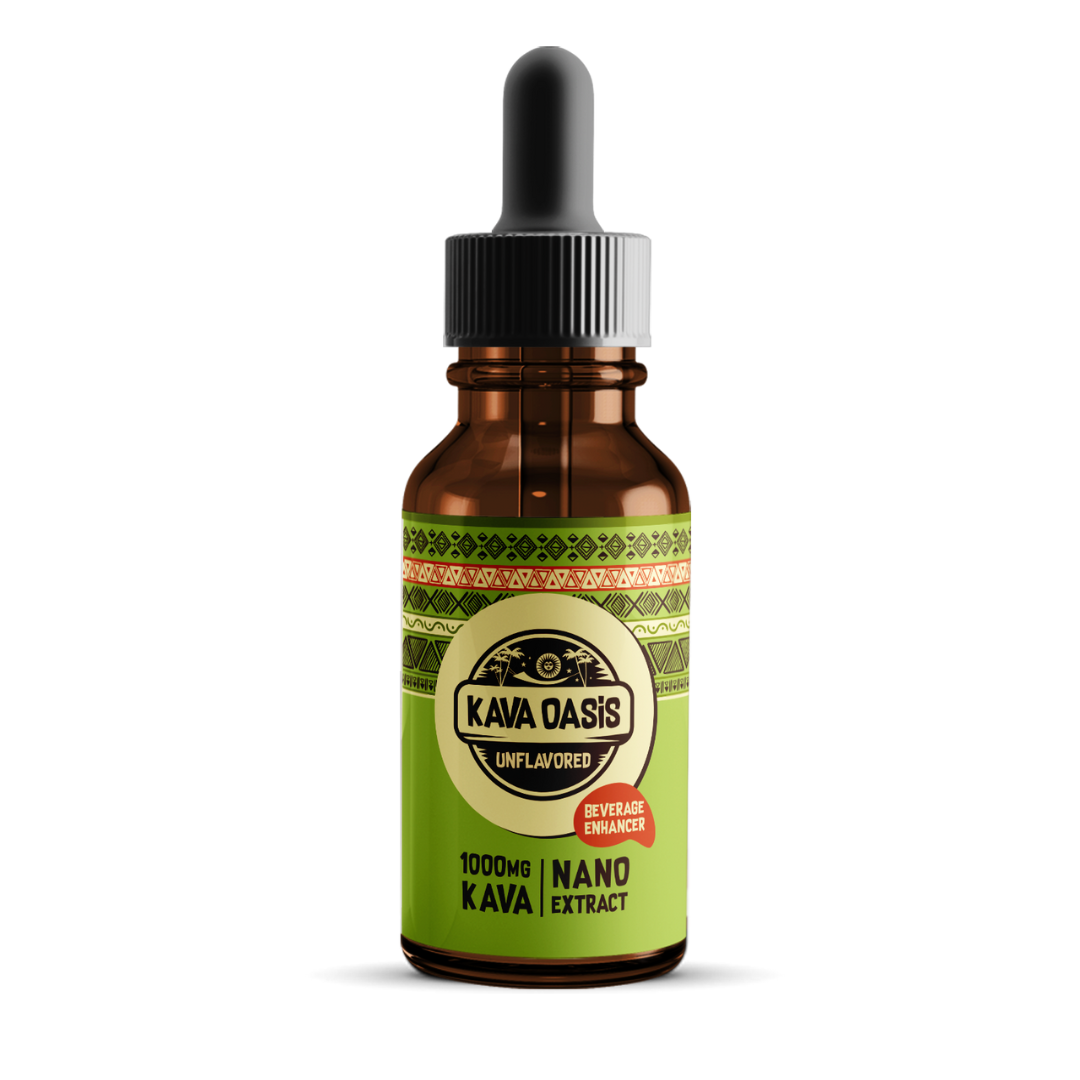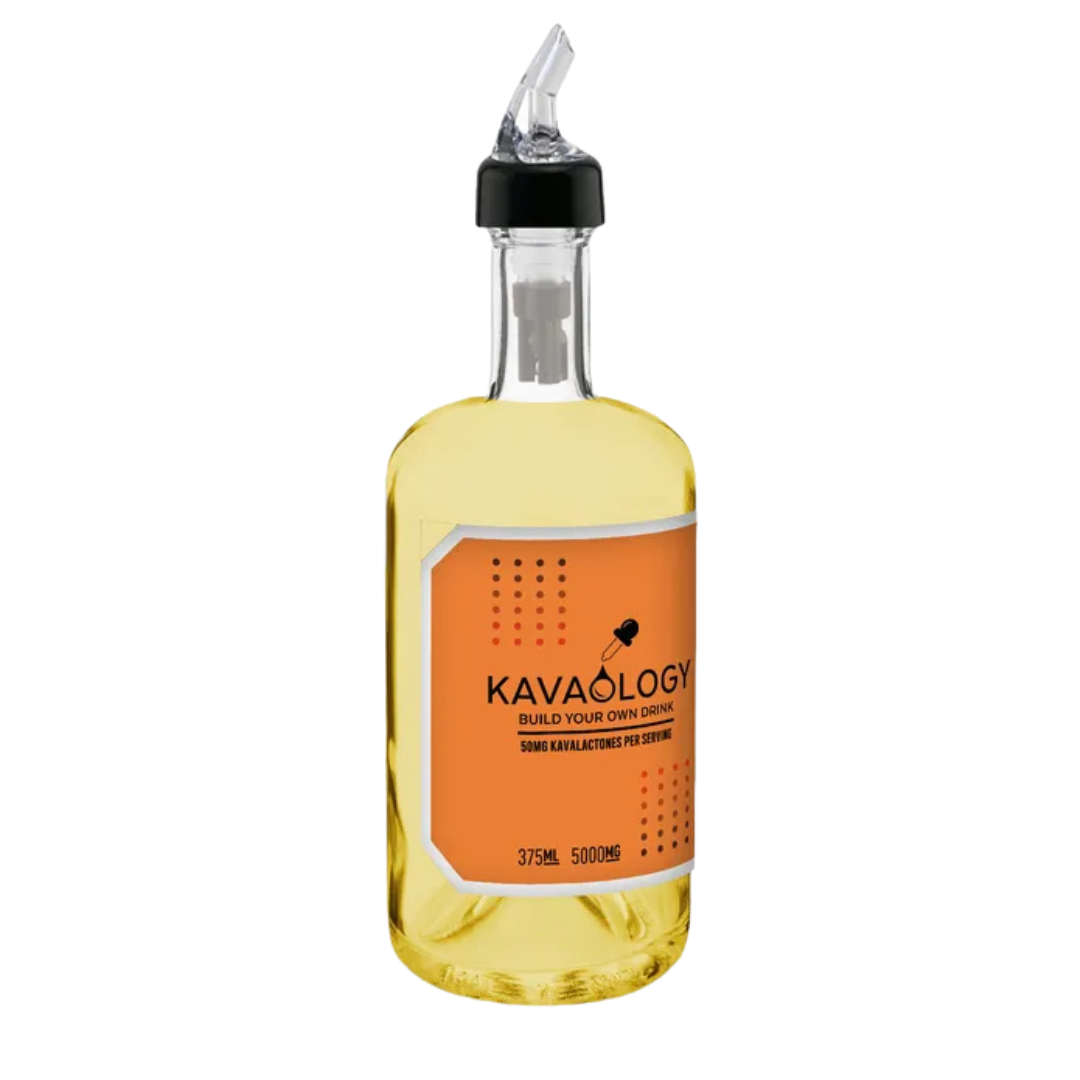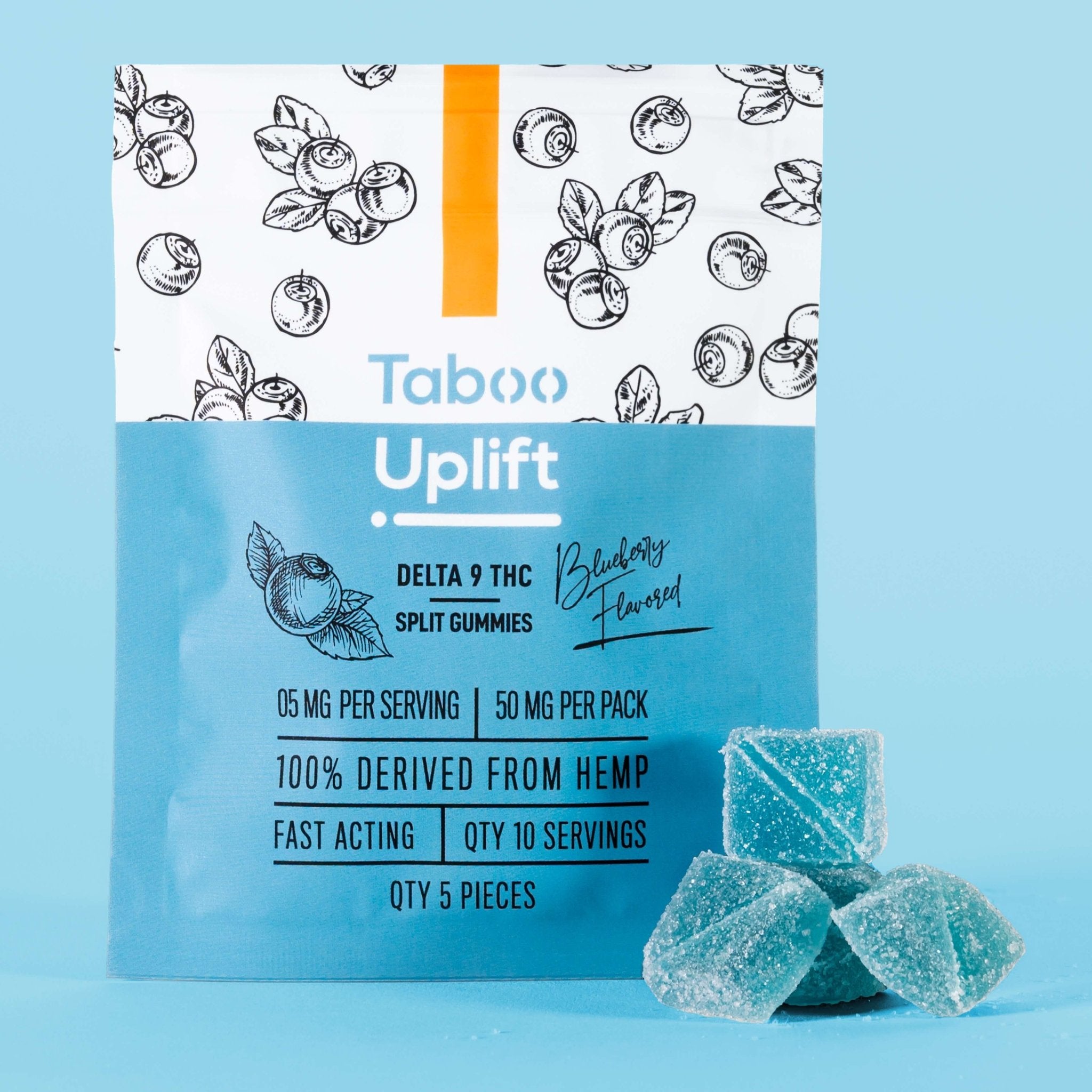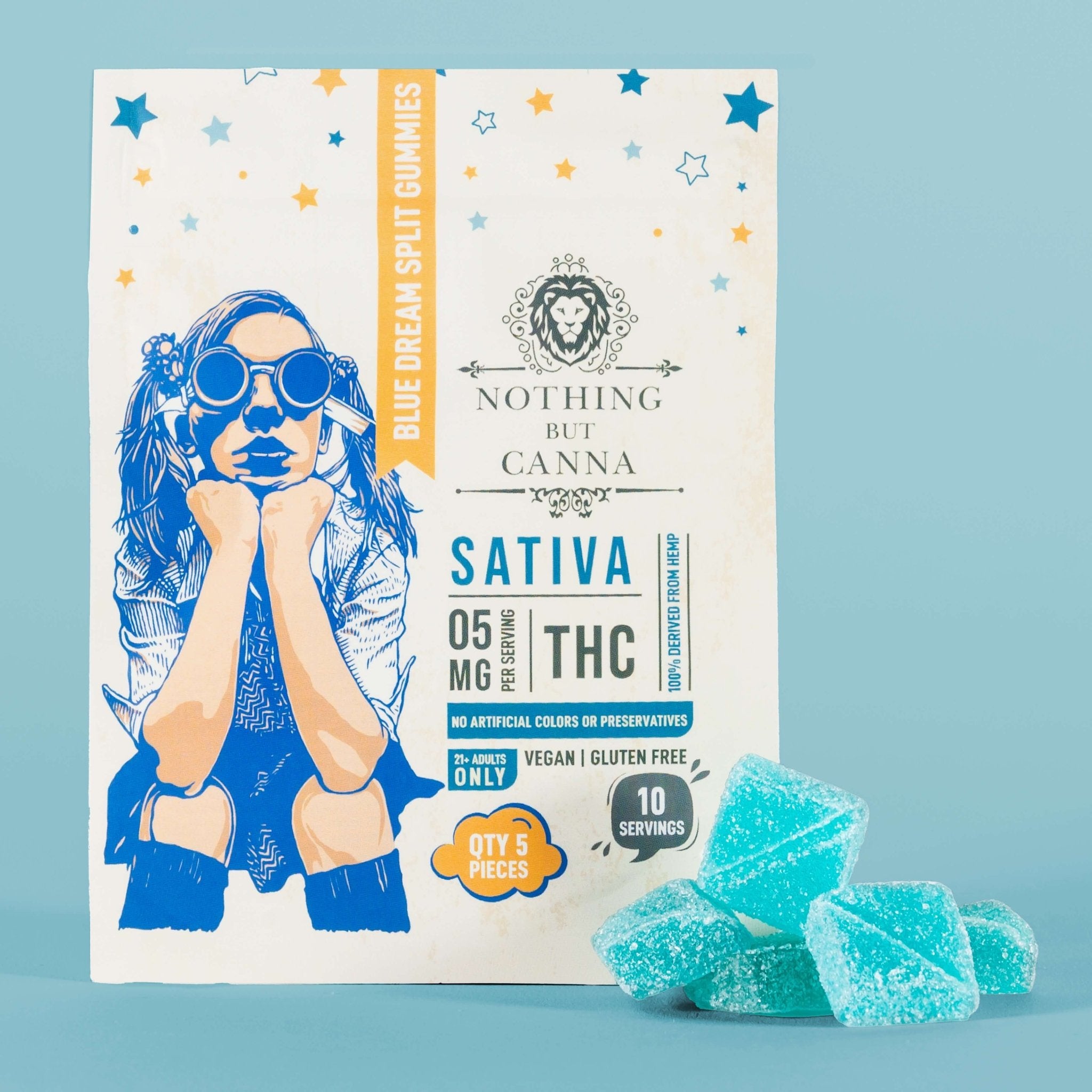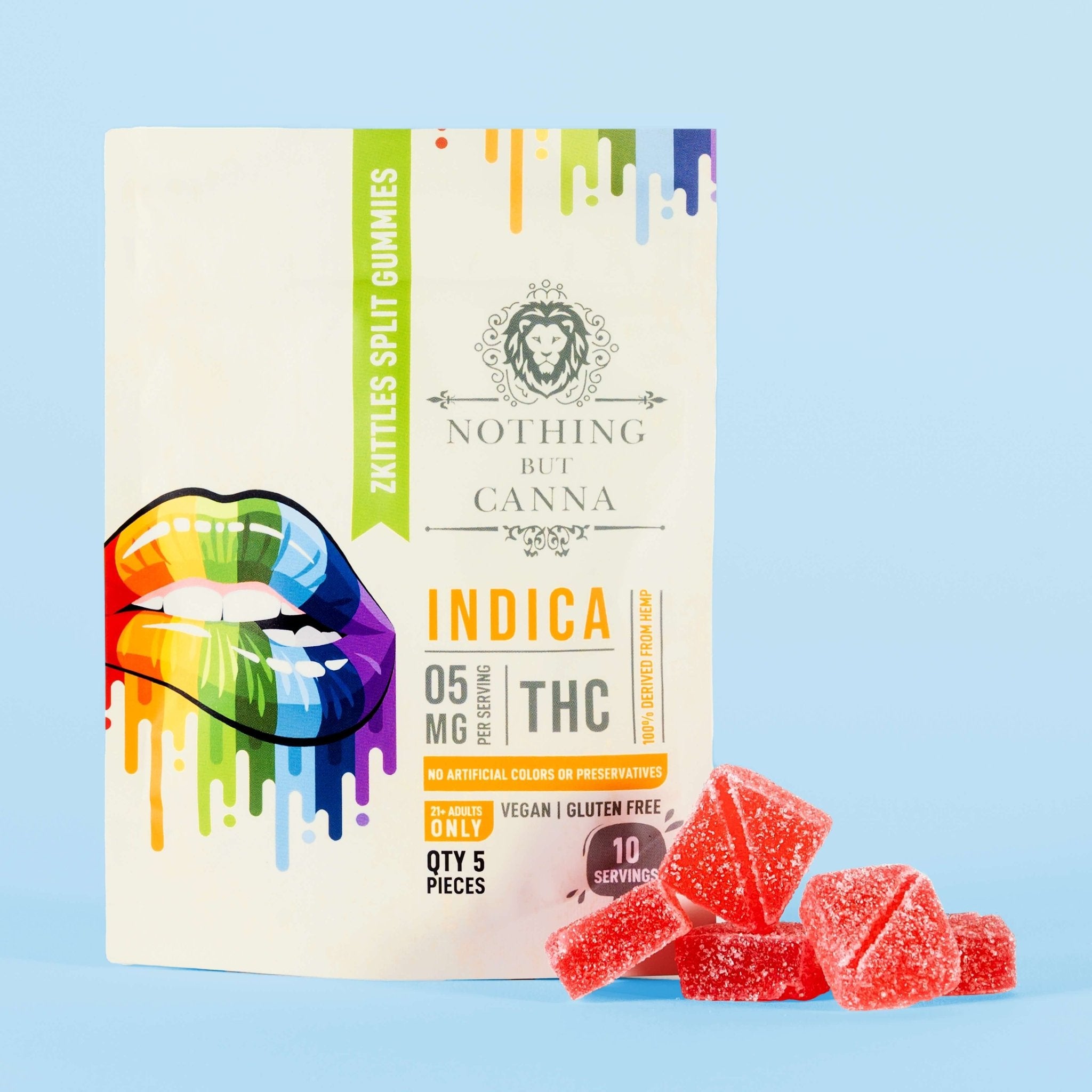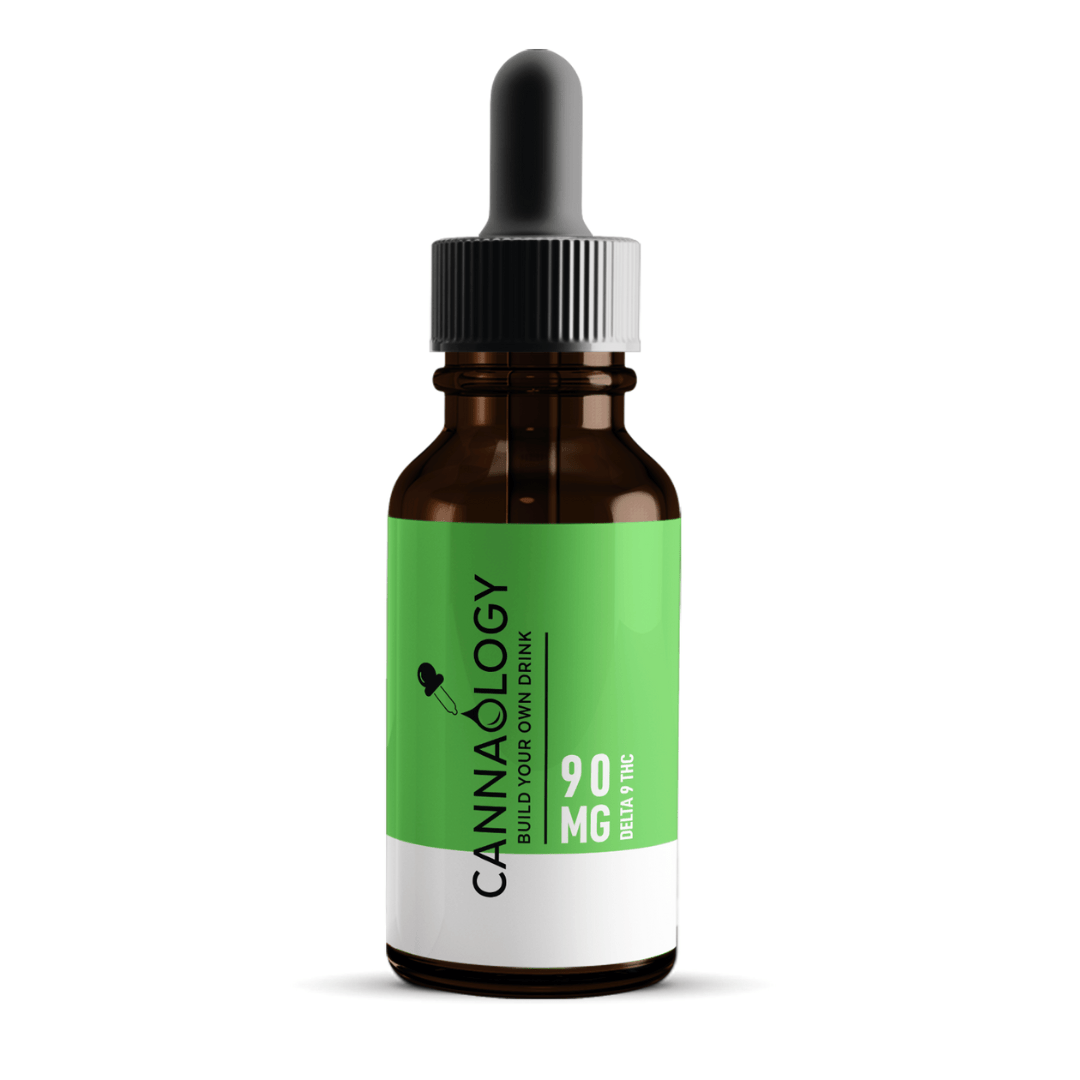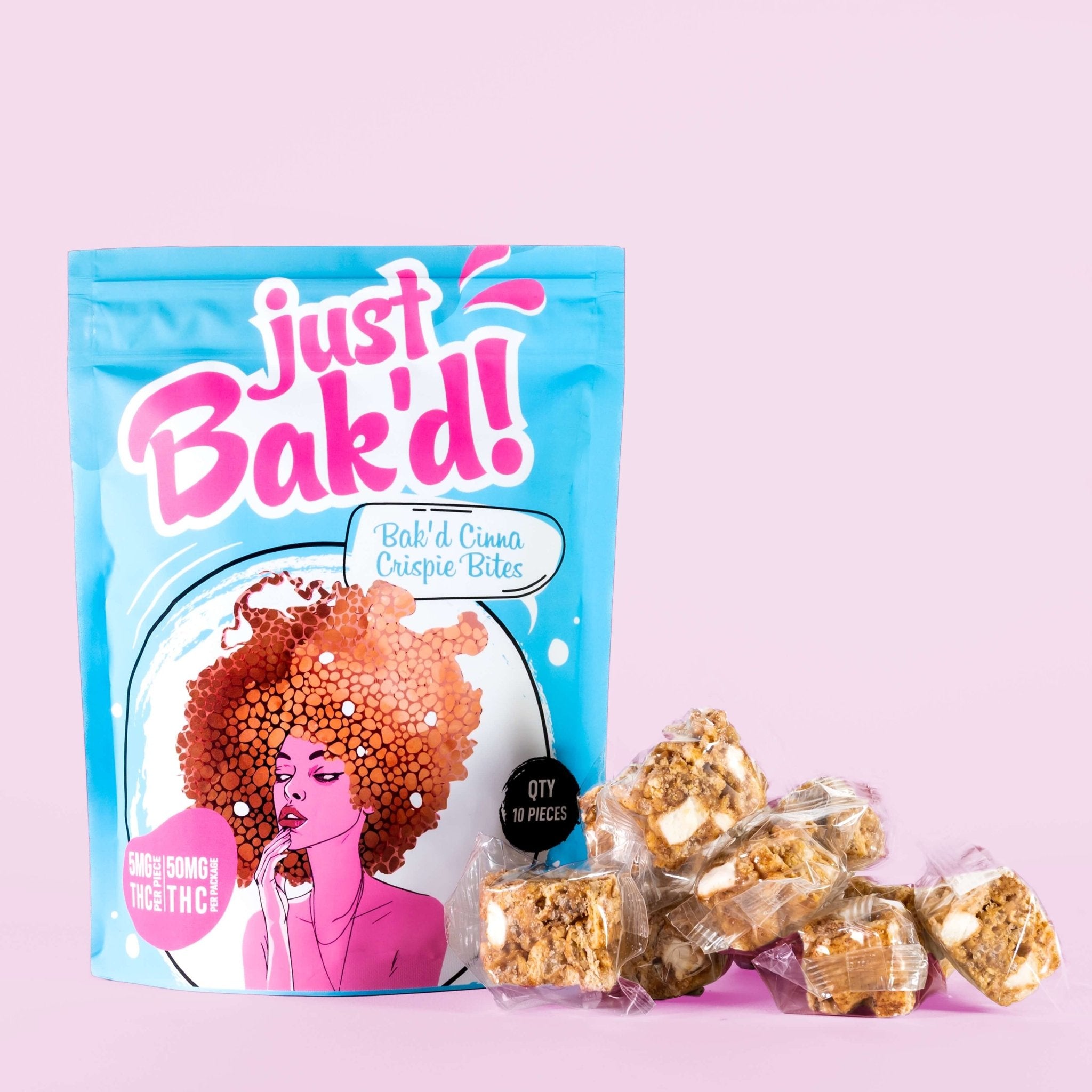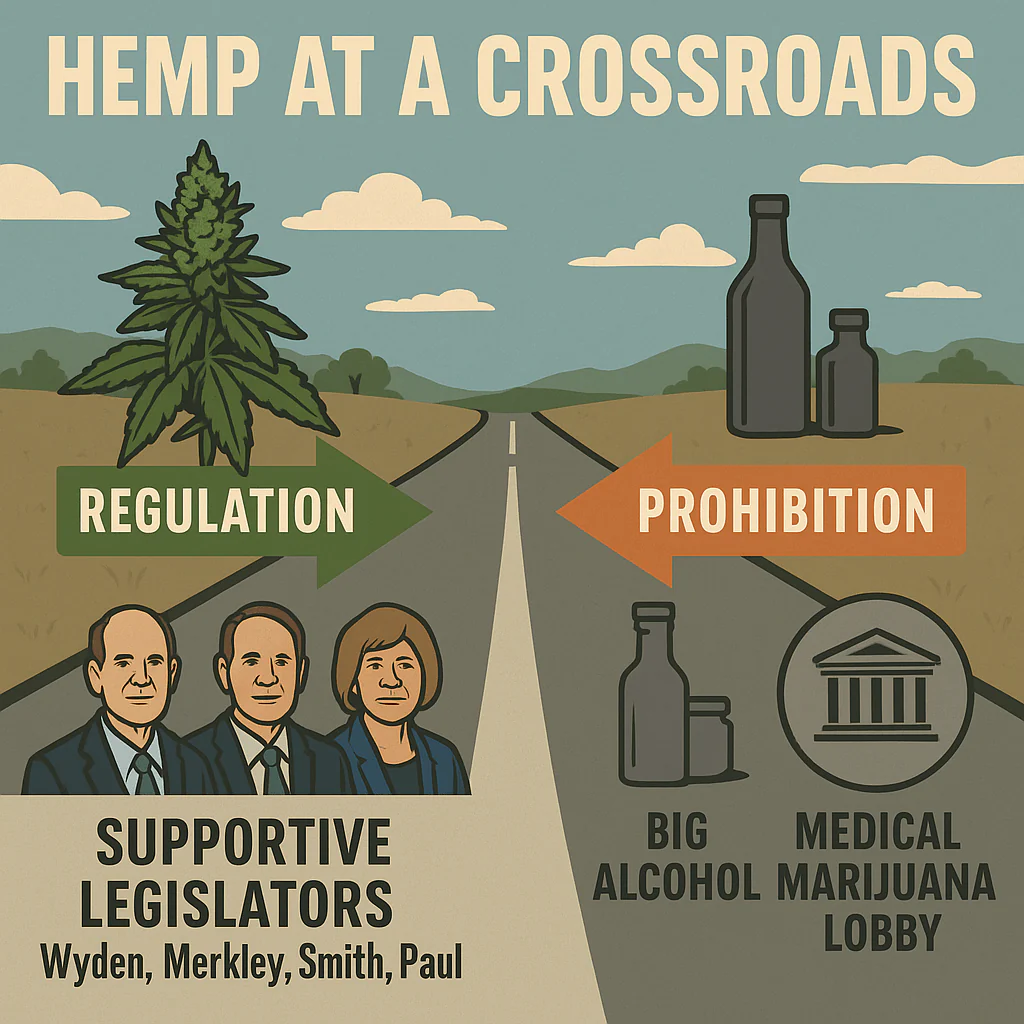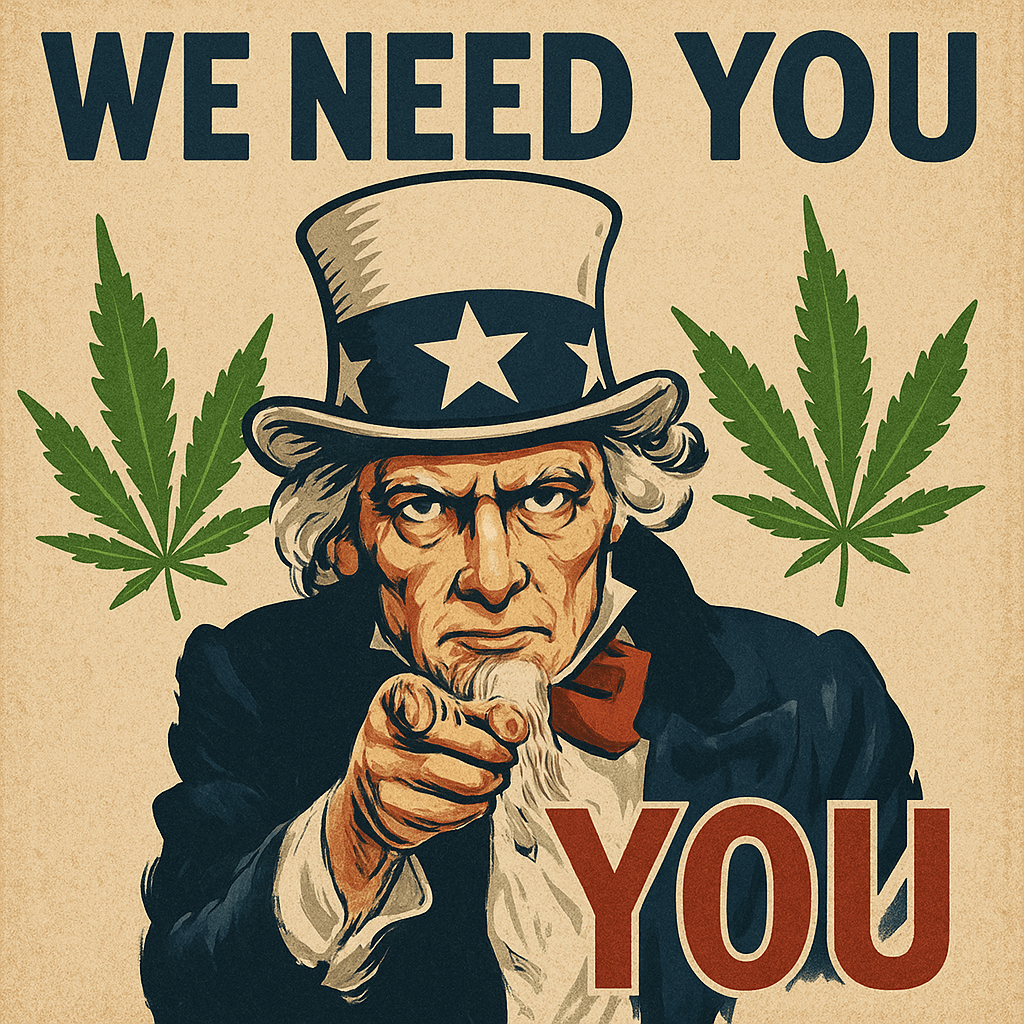For decades, Marijuana has existed in a strange legal limbo: federally prohibited but thriving in state-legal markets. Now, with momentum building in Washington, the federal government is considering moving Marijuana from Schedule I to Schedule III under the Controlled Substances Act.
At first glance, this looks like progress. Schedule III status would recognize cannabis as a substance with medical value, allow for more research, and remove the crushing tax burden caused by IRS code 280E. But beneath the surface, the cannabis industry sees a troubling parallel: the ephedra crisis of the early 2000s.
Back then, ephedra was one of the hottest-selling dietary supplements in the country, widely used for weight loss and energy. Millions swore by it. But after reports of adverse events, the FDA banned ephedra in supplements in 2004. Overnight, an entire industry collapsed — and only pharmaceutical versions of ephedrine survived. Could cannabis be next?
The Ephedrine Precedent
In the 1990s and early 2000s, ephedrine (often sold under the name ephedra or Ma Huang) dominated the supplement world. It was marketed for weight loss, fat burning, and energy boosts — and it worked. At its peak, ephedra-based supplements brought in over $1 billion annually, making them one of the most profitable categories in the supplement industry.
But then came the backlash. Reports began surfacing of cardiac events, high blood pressure, and even deaths linked to ephedra use. The FDA, after years of scrutiny, released a final rule in 2004 banning ephedra in dietary supplements.
What made the ephedra case so stark was the disproportionality. Ephedra products accounted for less than 1% of all herbal supplement sales in the U.S. Yet they were linked to about 64% of all reported adverse events from herbs to poison control centers. In other words, a tiny market share generated the vast majority of reported harm. That imbalance gave the FDA the justification it needed to act decisively.
Steven Brown’s Perspective: Watching It Unfold at GNC
Steven Brown, now the CEO of Nothing But Hemp, had a front-row seat to the collapse of the ephedra industry.
“At the time, I was working at GNC. These were core products for us — people bought them every day, they swore by the results, and they genuinely felt better. Then, almost overnight, they were gone. It wasn’t because they didn’t work; it was because the FDA stepped in, and the whole category was ripped away from consumers.”
Brown saw firsthand how regulation reshaped an entire industry, not because demand disappeared but because access was cut off. What survived? Prescription-only pharmaceutical versions of ephedrine — tightly controlled, standardized, and largely out of reach for everyday consumers.
For Brown, the parallels to cannabis are impossible to ignore.
How Marijuana Compares to Ephedra
The cannabis industry today looks eerily similar to the supplement market before the ephedra ban. Marijuana sales in the U.S. exceeded $30 billion in 2022, dwarfing what ephedra ever reached. Tens of millions of Americans consume cannabis regularly, whether for recreation, pain management, sleep, or anxiety relief. Cannabis exists under a patchwork of state laws, technically illegal under federal law, yet operating openly in most states.
The key question is whether cannabis could be targeted the same way ephedra was: by moving it out of consumer retail channels and into pharmaceutical control.
Alcohol and Acetaminophen: A Tale of Two Tolerated Killers
To understand the stakes, it helps to compare Marijuana not just to ephedra, but also to two of the most common — and most dangerous — substances Americans consume every day: alcohol and acetaminophen (Tylenol).
According to the CDC, excessive alcohol use was responsible for an average of 178,000 deaths annually between 2020 and 2021. That’s about 48 deaths per 100,000 people each year. Put another way, nearly 500 people die every single day from alcohol-related causes in the U.S.
Acetaminophen overdose leads to about 56,000 emergency room visits, 26,000 hospitalizations, and 458 deaths every year in the U.S. It is also implicated in about 50% of acute liver failure cases. Despite these figures, acetaminophen remains available over the counter in every drugstore in America.
Now compare that to cannabis. Despite widespread use, no deaths from cannabis overdose have been confirmed in modern toxicology. Adverse events exist, but the scale of harm is nowhere near alcohol or acetaminophen.
The Regulatory Double Standard
So why did ephedra get banned while alcohol and acetaminophen remain widely available? The answer lies in politics, economics, and perception.
Ephedra was easy to remove. It had a small market footprint and limited political support. Consumers weren’t marching in the streets for their fat burners. Once adverse events piled up, the FDA had a clear path.
Alcohol is culturally entrenched and politically untouchable. Its harms are accepted as the price of tradition.
Acetaminophen is seen as essential. Regulators chose warning labels, dosing limits, and public education over outright bans.
Cannabis sits somewhere in between. It has enormous economic and cultural weight, far greater than ephedra ever did, but it is not as deeply ingrained as alcohol. That makes it vulnerable to a hybrid outcome: tolerated in some forms, restricted in others, and heavily reshaped by federal oversight.
Trump’s Comments on Medical vs. Recreational Cannabis
President Trump has recently weighed in on the issue, underscoring the tension between medical promise and recreational concern. At a White House press conference, he said, “We’re looking at reclassification, and we’ll make a determination over the next few weeks.” Reflecting on cannabis, he added, “I’ve heard great things about its medical utility, but I’ve also heard bad things having to do with just about everything else [about marijuana].”
New Narratives: Heart Issues and Psychosis
In recent months, headlines have increasingly linked cannabis use to heart problems and psychosis. While any substance can carry risks, the timing of this narrative has raised eyebrows in the industry. Is this a legitimate focus on health, or is it the beginning of a campaign to frame cannabis as too dangerous for consumer markets, just as ephedra once was?
Critics point out that the same risks are being magnified in cannabis while being downplayed or tolerated in far more harmful substances like alcohol or acetaminophen. Some argue this could be Big Pharma’s way of shaping the story — highlighting cannabis risks to justify pushing recreational access aside and moving everything into the pharmaceutical channel.
The question becomes: is this truly about public health, or about paving the way for a pharmaceutical takeover under Schedule III?
What Schedule III Could Mean
If cannabis moves to Schedule III, several shifts are likely.
-
Pharma Cannabis Expands. Expect a wave of new FDA-approved cannabis-based drugs, from pills to sprays to patches. These will be standardized, patented, and covered by insurance.
-
Medical Access Splits in Two. Patients seeking insurance coverage for medical cannabis will be funneled into pharmaceutical options, while dispensary cannabis remains cash-only.
-
Regulatory Pressure on Dispensaries. The FDA could argue that dispensary cannabis is unsafe because it isn’t standardized, creating pressure for states to impose pharma-like rules. Smaller operators may struggle to survive.
-
Tax Relief and Research Opportunities. On the positive side, Schedule III would lift 280E tax restrictions and open new research avenues, giving the industry tools it has never had before.
Best-Case vs. Worst-Case Futures
The cannabis industry now stands at a crossroads, with two possible futures.
Worst-Case: The Ephedra Effect. Dispensary cannabis is slowly restricted or even banned under FDA authority. Only pharmaceutical cannabis products remain accessible for medical use. Recreational markets shrink as compliance costs rise and only large corporations survive. Small operators are wiped out, echoing the collapse of the ephedra industry.
Best-Case: Parallel Systems. State-legal dispensaries continue to operate for recreational use. Pharmaceutical cannabis develops alongside, offering insurance-backed options. States resist federal overreach, ensuring consumers can still access non-pharma cannabis. Compliance burdens rise, but the industry adapts rather than collapses.
What the Cannabis Industry Must Do
The lessons of ephedra are clear: regulatory outcomes are not always about raw harm data. They are about who controls access. To avoid being sidelined, cannabis advocates and businesses must lobby for state protections that guarantee dispensary survival, regardless of federal changes. They must educate consumers about the risks of letting Big Pharma monopolize cannabis. The industry should unite politically to resist divide-and-conquer strategies that pit big operators against small ones. And it must push for fairness: if alcohol and acetaminophen remain accessible despite huge harms, cannabis should not be uniquely restricted.
Final Thoughts
When ephedra disappeared from store shelves, it wasn’t because consumers rejected it. It was because regulators decided that only pharmaceuticals should control it. The supplement market lost billions, and consumers lost access to something they believed worked.
As Steven Brown of Nothing But Hemp recalls from his time at GNC:
“These were products that worked for people. They got ripped away overnight, not because the science changed, but because the system did. Cannabis is bigger, but the same forces are in play.”
The cannabis industry is far larger and more politically powerful than ephedra ever was. But the playbook is the same: use safety and standardization as justifications, move products out of consumer channels, and hand control to Big Pharma.
Whether cannabis dispensaries face the “ephedra effect” or survive alongside pharmaceutical cannabis will depend on how hard states, businesses, and consumers fight to preserve them.
One thing is certain: the stakes are higher this time. For millions of Americans, cannabis isn’t just a supplement — it’s medicine, culture, and livelihood. And that makes the battle to protect access far more consequential than the one ephedra lost.

